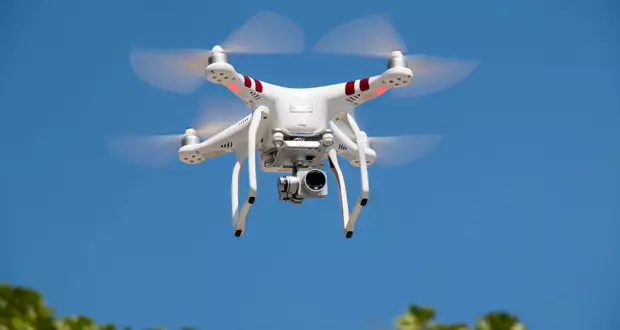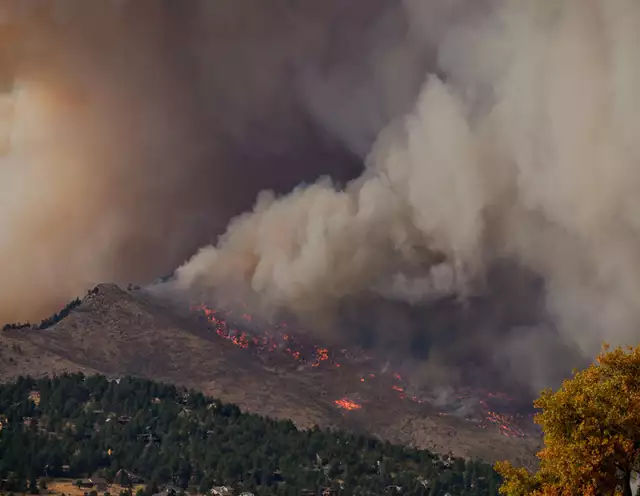Employers urged to make greater use of digital tech to protect staff from physical climate risks - FMJ
Employers urged to make greater use of digital tech to protect staff from physical climate risks - FMJ
Abstract
Climate change means people are at greater risk of occupational heat exposure, and employers need to develop plans to manage this, warns independent research and advisory firm, Verdantix. Bill Pennington, Research Director, Environment, Health & Safety, Verdantix said: "So far this summer, across Europe we have seen extreme record- breaking heatwaves and the devastation these have brought. Field workers and those exposed to heat risks face increased dangers during these unprecedented times. However, employers have a duty of care towards their staff to ensure they are not at risk of suffering from occupational heat exposure."Extreme weather health and safety risks are not only applicable to field workers; firms need to have procedures in place to assess the risk of travelling to work and remaining on-site should a malign weather system come in. 2) Wearable devices to track exposure For individuals conducting manual work, the use of sensors can help track and monitor worker heat exposure in real-time. Consider Kenzen, a climate technology and heat science solution provider, which uses wearable devices to measure core temperature, worker microclimate, and sweat rate, amongst other vital signs. 3) EHS Software to support the management of worker exposure, alerts and training EHS management systems can provide oversight over worker activities and be used to issue alerts should weather conditions surpass risk thresholds. Finally, an in-built LMS and training solution will help ensure workers are following hot weather working practices. 4) Robotics to eliminate the risk of heat exposure at their source Consider the use of robotics, such as drones, which can be used to gather sampling data including air quality, noise and pollutant data.









